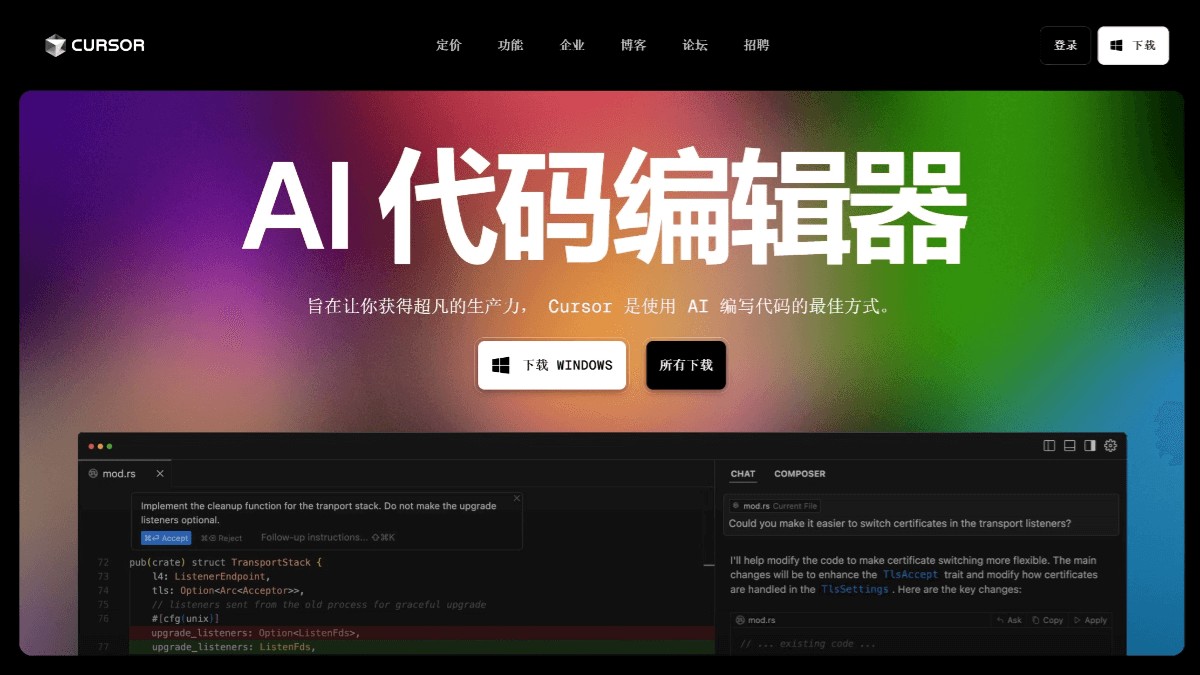
In the development of machine learning and deep learning, Keras and JAX are two very important frameworks, each with different advantages and application scenarios. This article will provide an in-depth comparison of these two frameworks to help developers make the right choice based on different needs.
Keras was released in 2015, initially as a standalone framework to simplify the process of building neural network architectures. It makes it easier for developers to build and train neural networks using mature deep learning libraries such as TensorFlow. Although Keras was originally an independent framework, it eventually became tightly integrated with TensorFlow and became a high-level abstract interface on TensorFlow.
The advantage of Keras is that it simplifies the design and training process of neural network architecture, especially for those looking for rapid prototyping and ease of use. It contains the most common modules such as neuron layers, objective functions, activation functions, and optimizers, and supports the construction of architectures such as convolutional neural networks (CNN) and recurrent neural networks (RNN).
JAX is an emerging framework released by Google in 2018, aiming to provide high-performance numerical computing support, especially in deep learning and machine learning. Unlike Keras, JAX is not just a deep learning framework, it applies to the entire machine learning development and focuses on efficient numerical calculations. JAX makes calculations easier and more efficient through tight integration with Python and NumPy, and supports GPU and TPU acceleration.
The biggest feature of JAX is its automatic differentiation and just-in-time (JIT) compilation capabilities, which can efficiently perform complex gradient calculations, especially when training deep neural networks. JAX not only optimizes deep learning tasks, but can also be extended to a wider range of scientific computing and machine learning fields.
Deep learning model development : Both Keras and JAX are widely used to build and train deep learning models, especially in the field of neural networks.
GPU/TPU acceleration : Both can use acceleration hardware such as GPU and TPU to accelerate model training and improve performance.
Automatic differentiation : Both Keras and JAX have the ability to automatically calculate gradients, which is a key part of optimization during training deep neural networks.
Compatible with TensorFlow : Although Keras and JAX are different, they are both compatible with TensorFlow and can complement each other in certain tasks.
Abstraction level :
Keras : Provides a high-level API that focuses on simplifying user operations and is suitable for rapid prototyping and users with lower requirements for detailed control.
JAX : Keeps the abstraction level low, focuses more on flexibility and control, and is suitable for experienced developers, especially in numerical calculations and optimization.
rear end :
Keras : completely dependent on TensorFlow as the backend, all calculations are based on TensorFlow.
JAX : Does not depend on TensorFlow, uses just-in-time compilation (JIT) method for efficient calculation, and is also compatible with TensorFlow to support more flexible calculation methods.
Ease of use :
Keras : Designed to provide an easy-to-use interface, users can quickly build neural network models through high-level abstraction, suitable for beginners and developers who need to implement quickly.
JAX : Although powerful, it requires high technical knowledge and is suitable for developers who have high requirements for control and optimization.
Function conversion :
JAX : Provides unique functional transformation mechanisms, such as automatic vectorization ( vmap ) and parallel computing ( pmap ), to efficiently handle large-scale data and tasks.
Keras : focuses more on the construction and training of deep learning models, does not involve underlying numerical calculation optimization, and has simpler functions.
Automatic optimization :
JAX : Not only can it optimize deep learning models, it can also optimize other machine learning algorithms and numerical computing tasks, supporting a wider range of application scenarios.
Keras : Focusing on the field of deep learning, optimization mainly focuses on the training and inference of neural network models.
Choosing Keras or JAX depends on the developer's needs and experience level:
Choose Keras : If you are new to deep learning or need to quickly build and validate deep learning prototypes, Keras is an ideal choice. Its high-level API and tight integration with TensorFlow make the development process easier.
Choose JAX : If you are an experienced developer or you need more flexibility to handle complex numerical calculations, JAX is a more powerful framework. It is not only suitable for deep learning, but also can optimize more machine learning methods, especially in high-performance computing.



